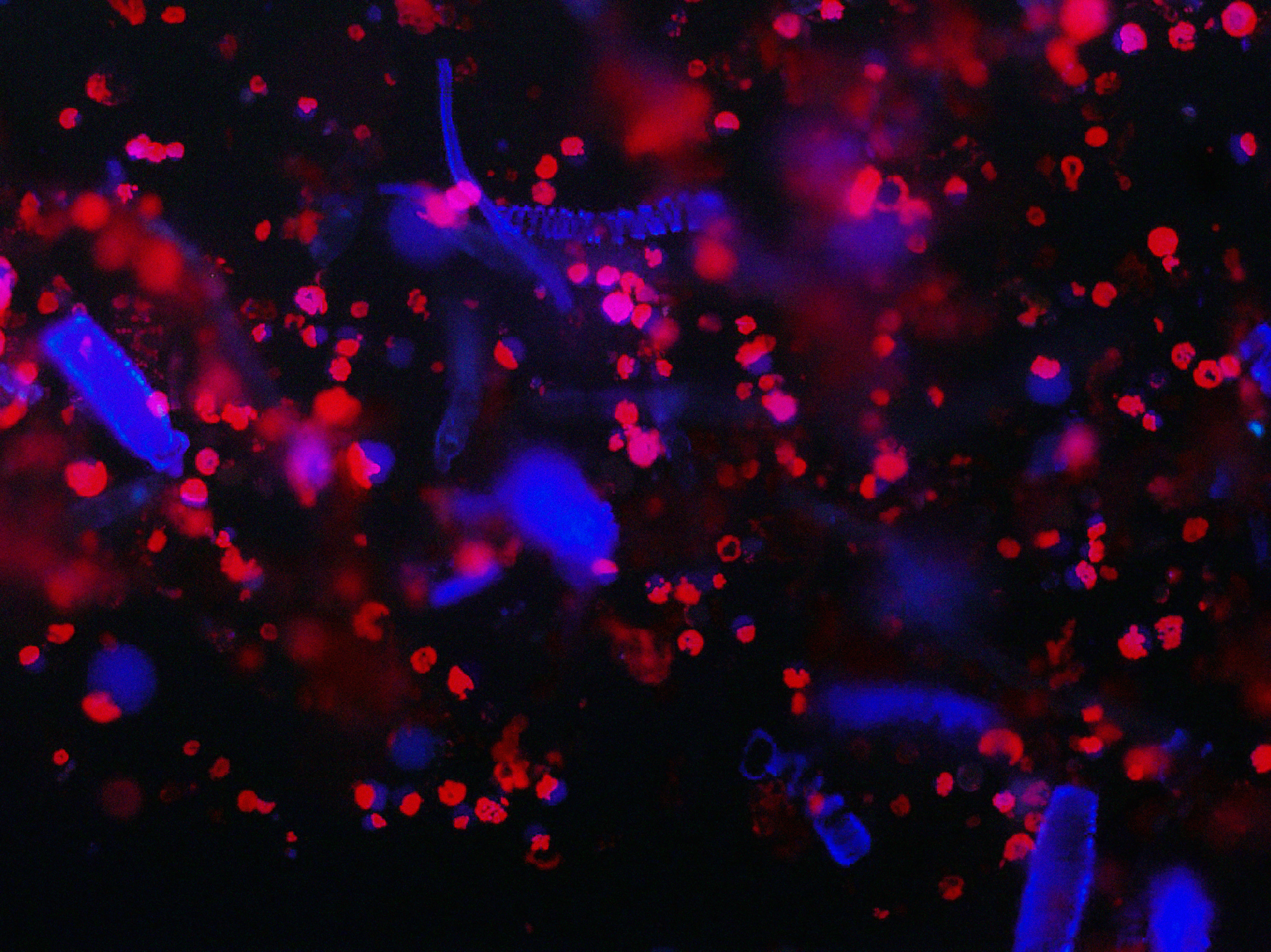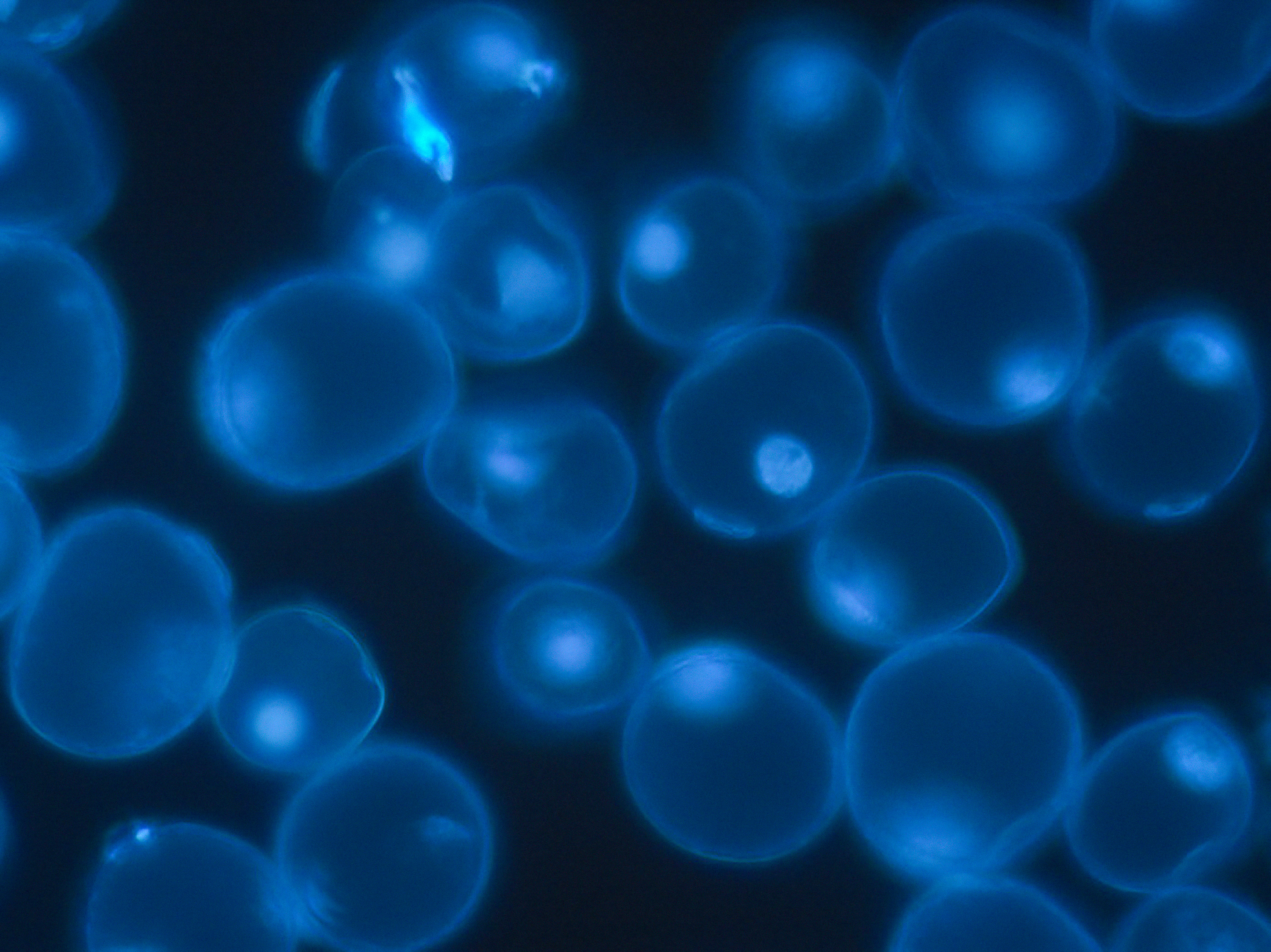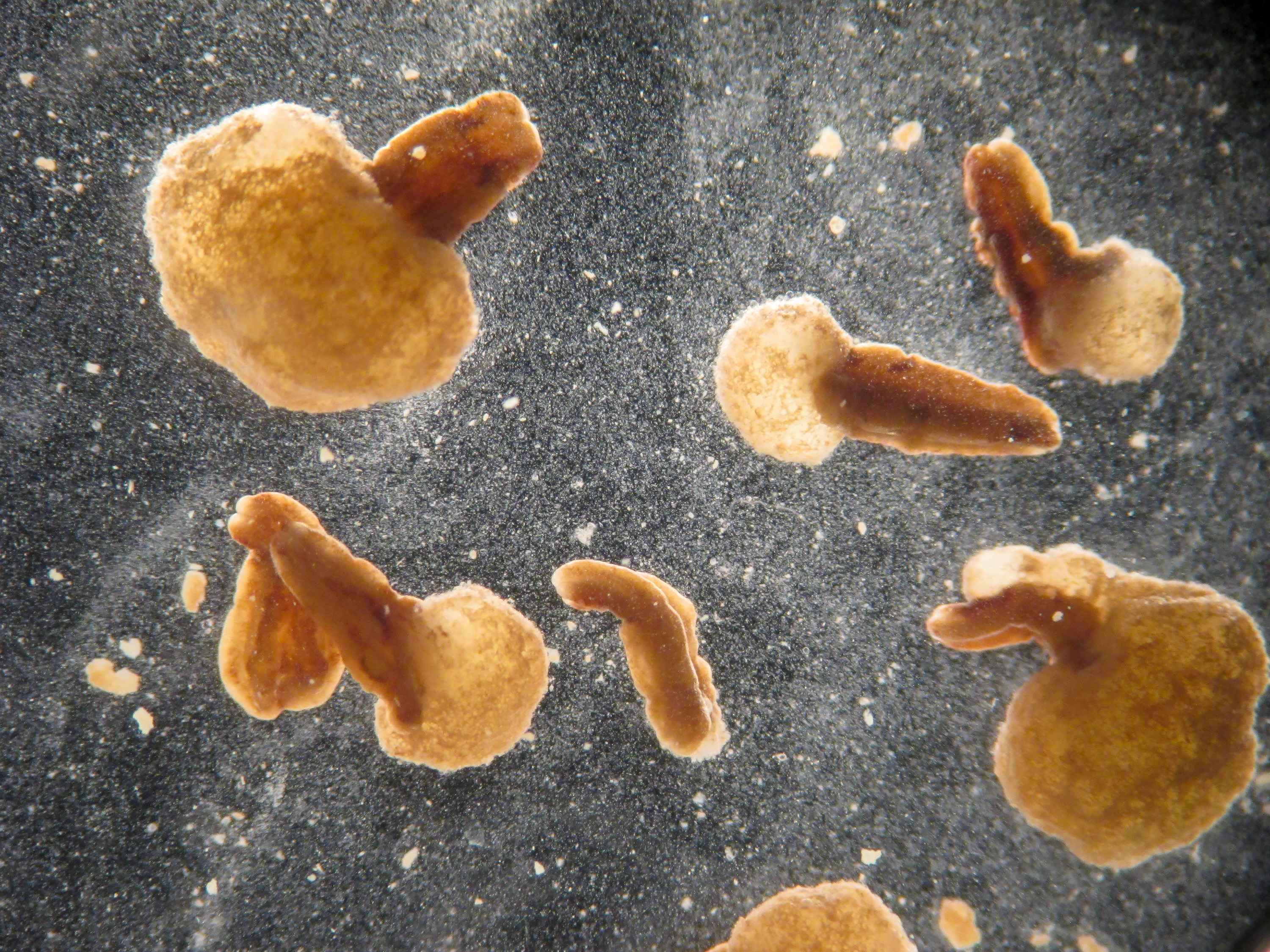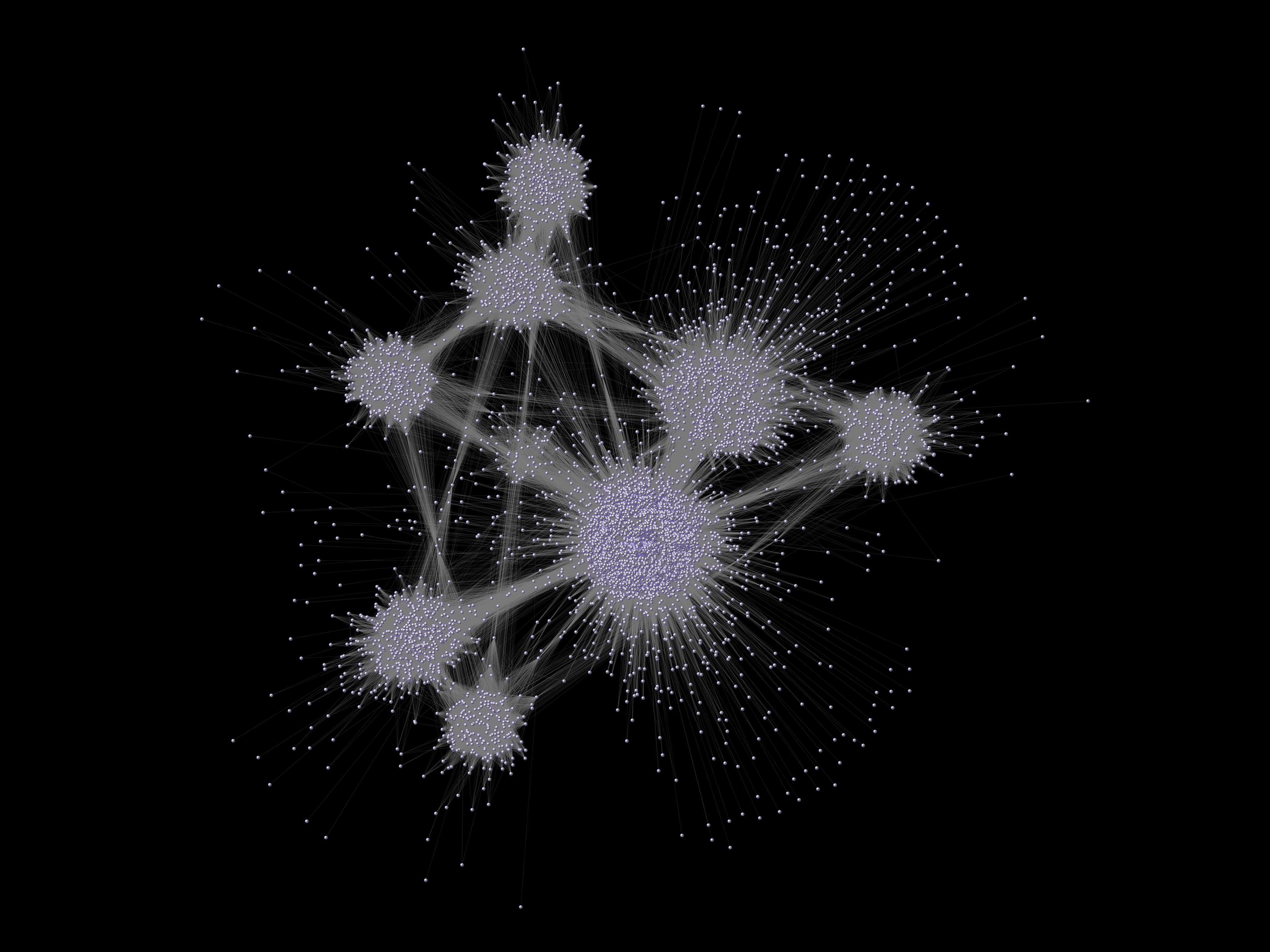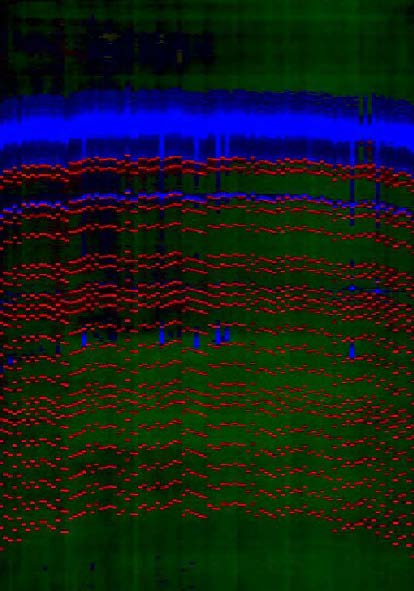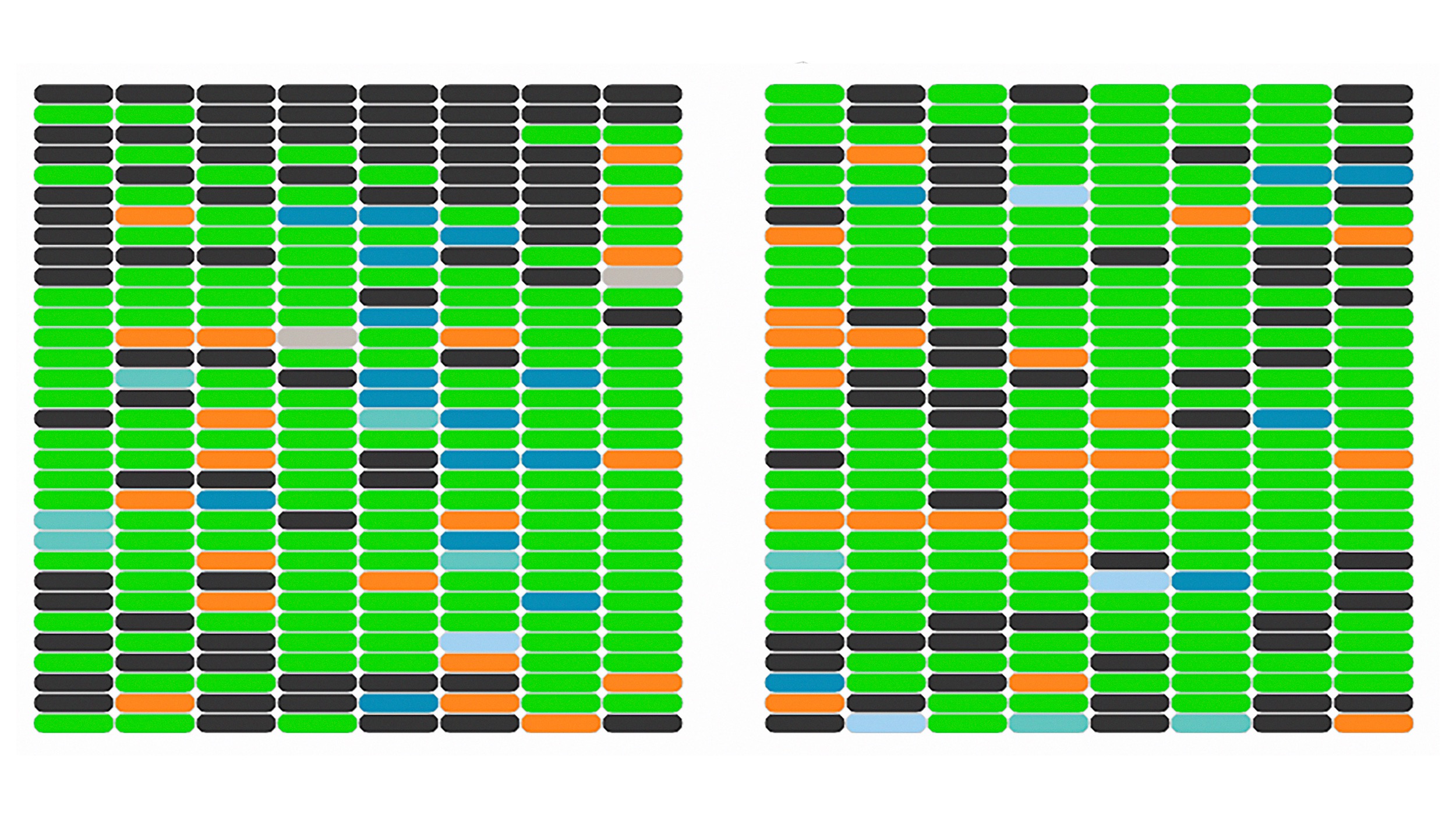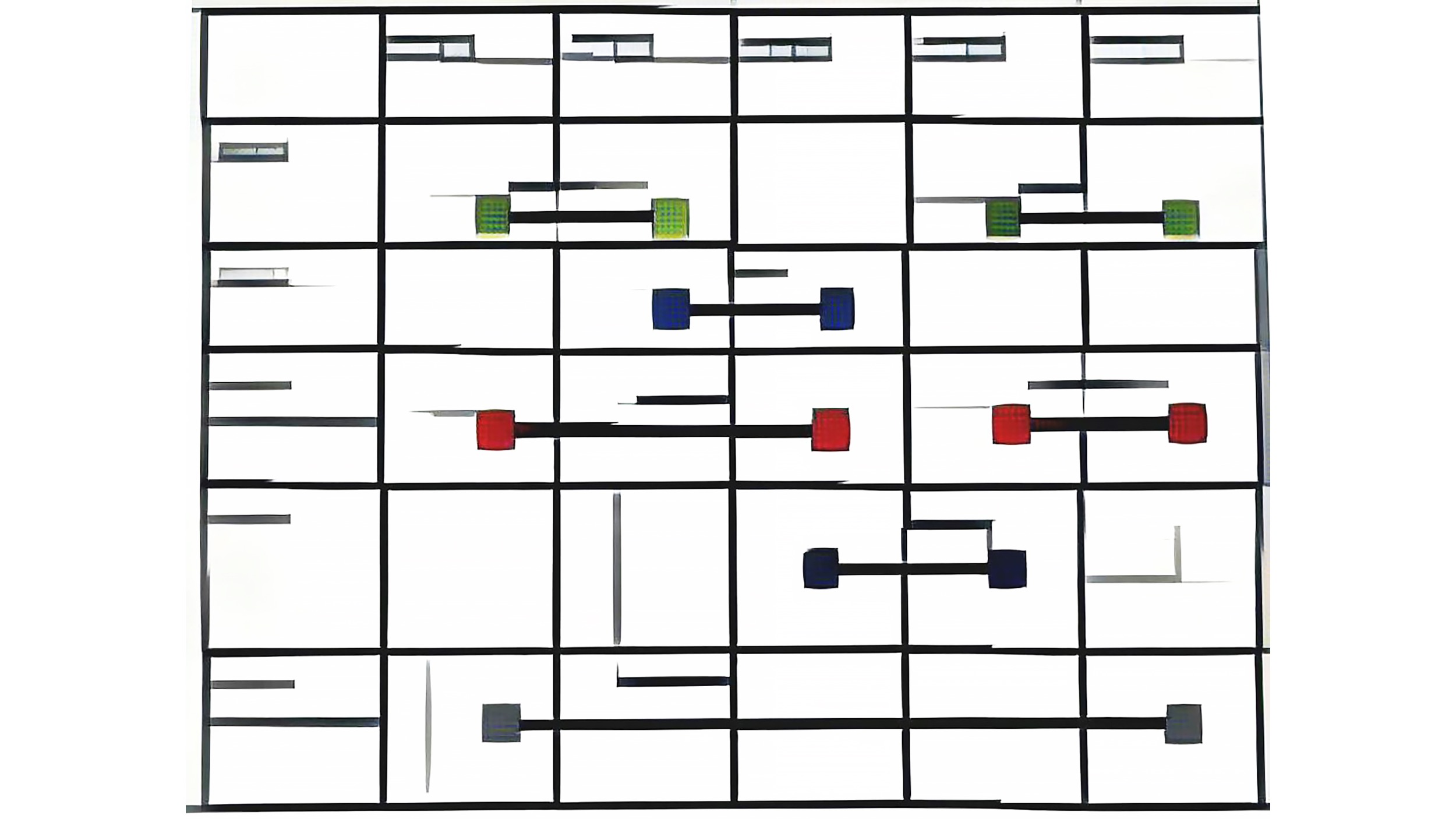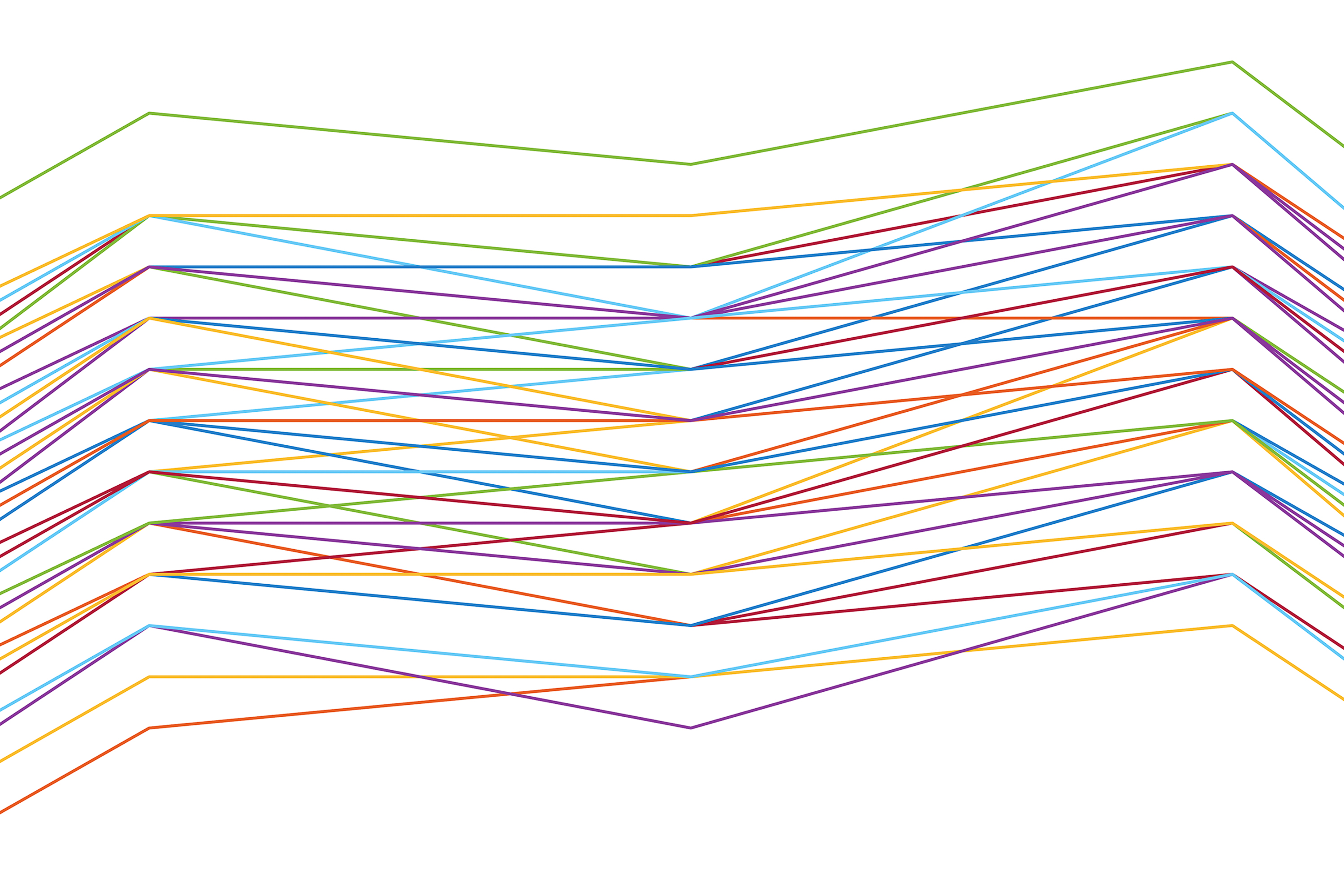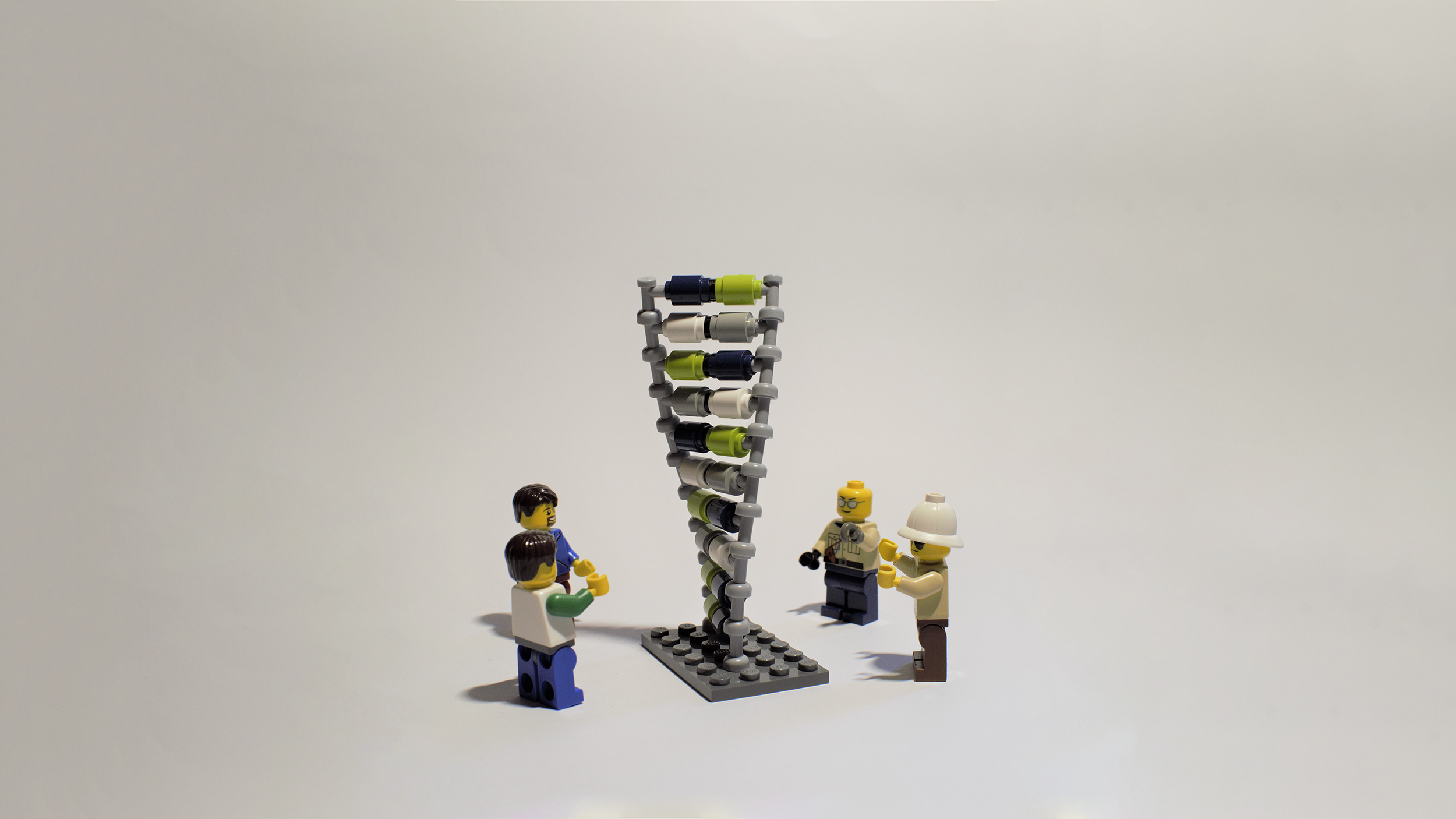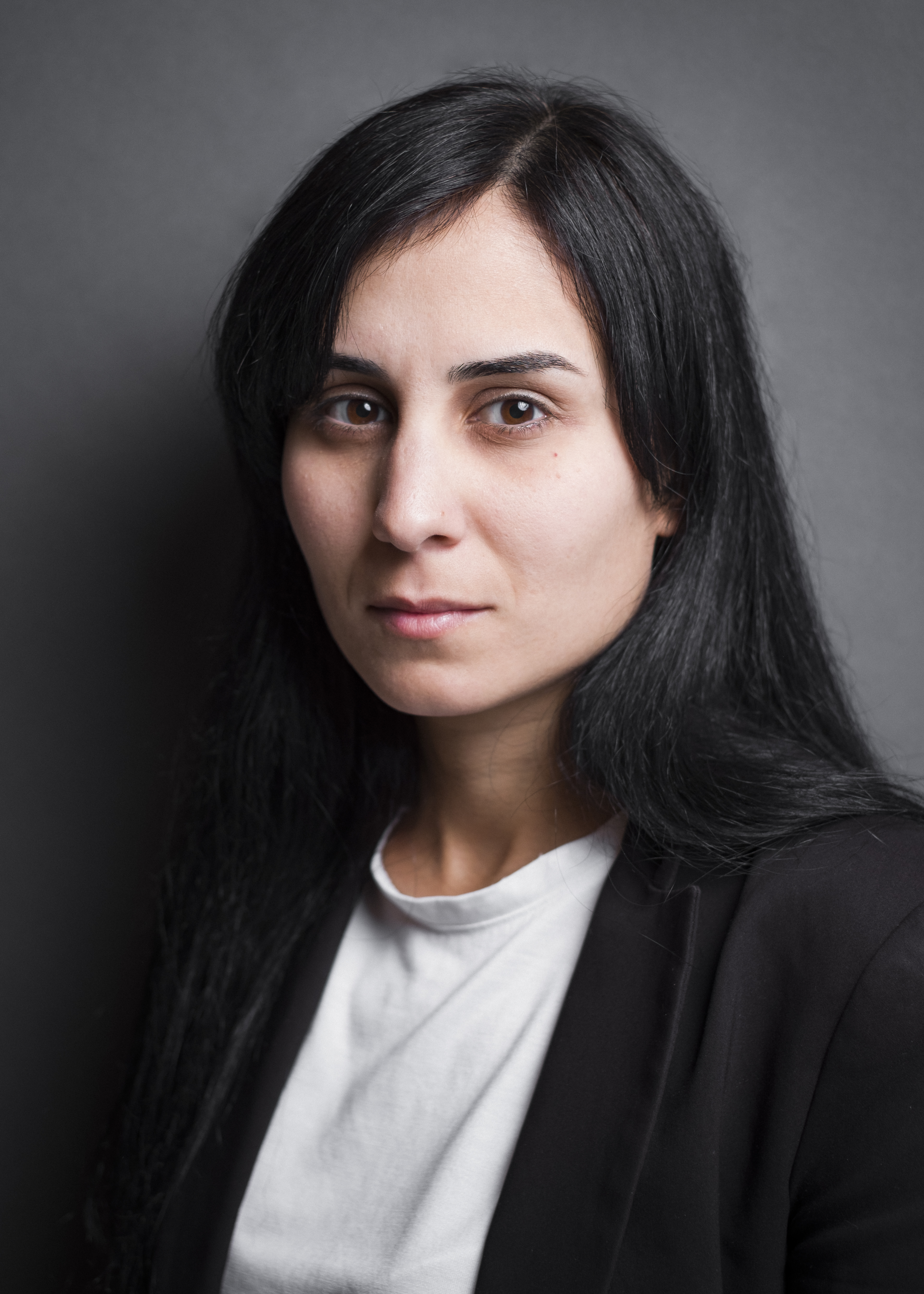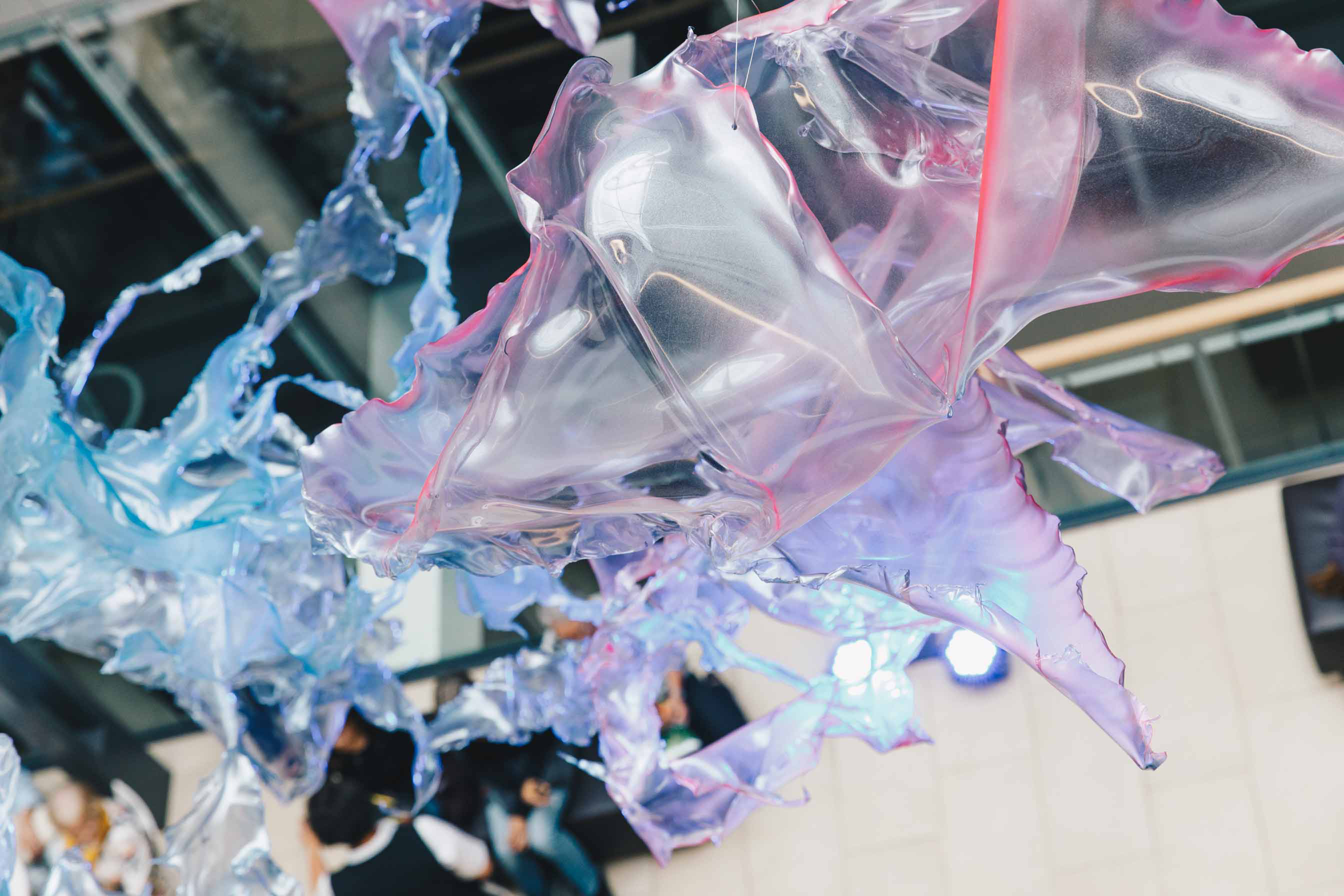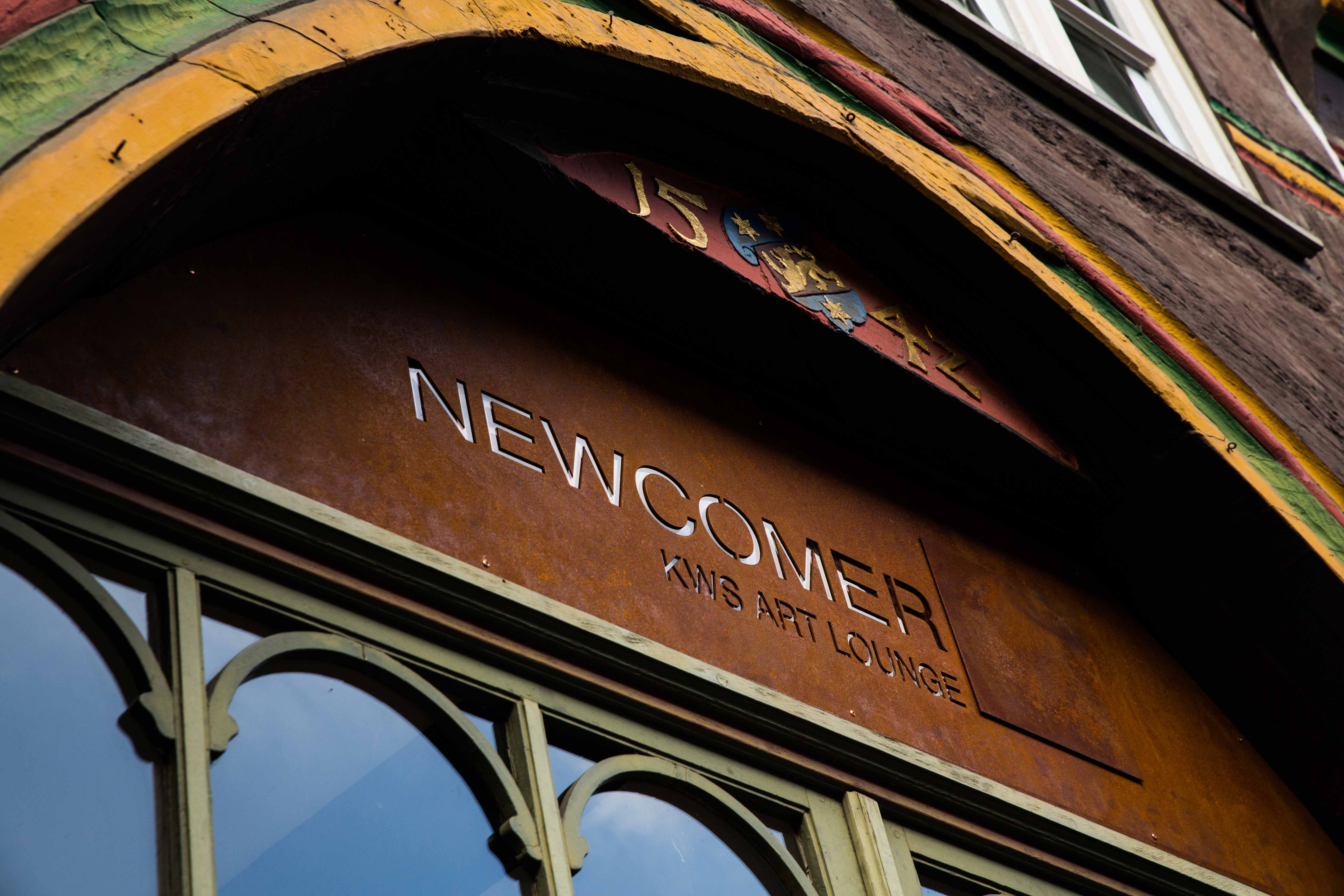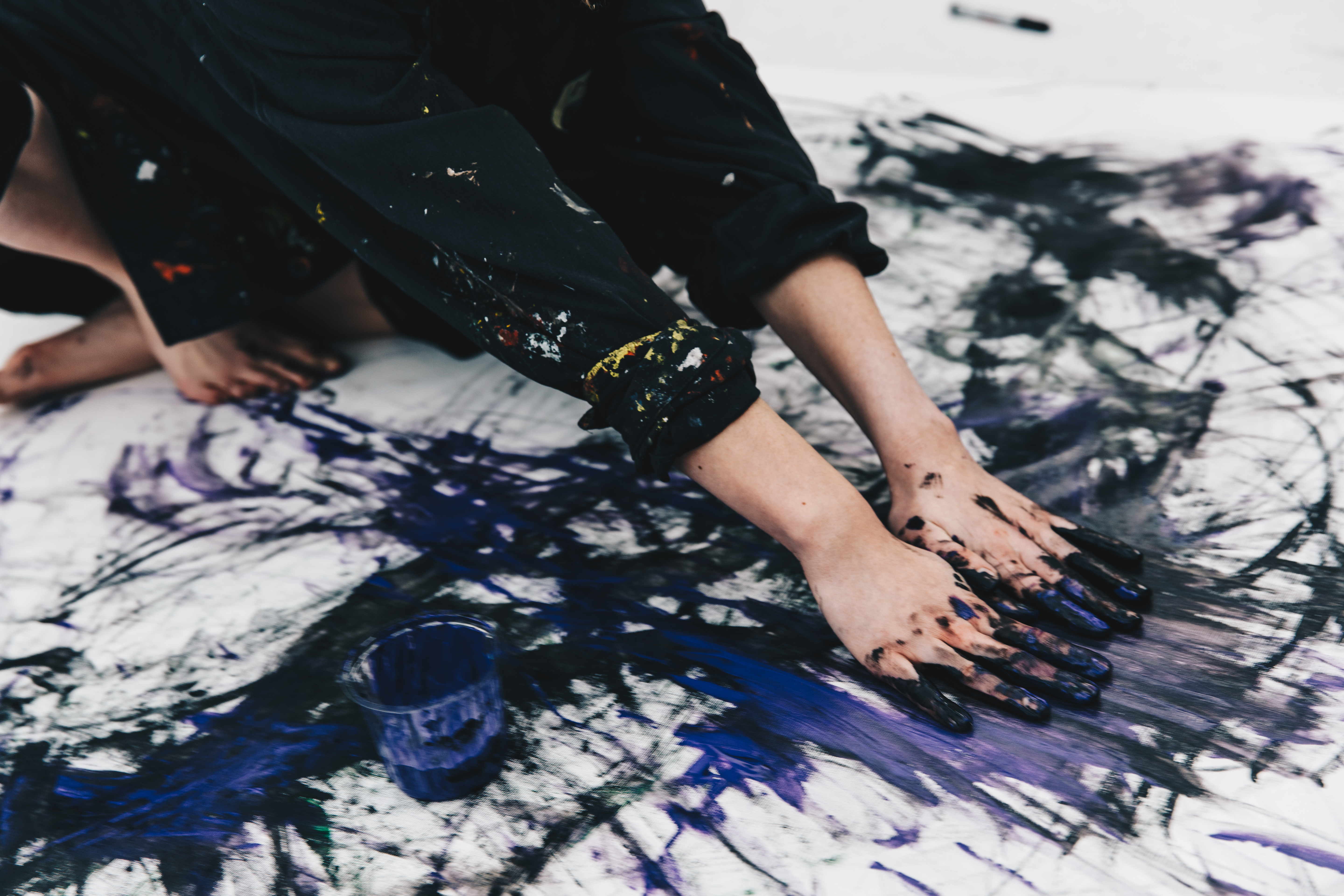Exhibition:
Art meets Science - KWS & team
Sharing these fascinating image worlds with their colleagues from other KWS departments
For us, Art meets Science started for real in spring 2019 when we met for the first time in Einbeck with the scientists who initiated the project. David Pacheco Villalobos, Susana Martin Ortigosa and Christina Rode noticed repeatedly during their daily work in KWS’ laboratories that the photographs taken through a microscope resembled art. They wanted to share these fascinating image worlds with their colleagues from other KWS departments. From this the idea arose to combine science and art and to organize an exhibition.
What appealed to you, Volker Crone, as an artist & a photographer about the project Art meets Science?
I still find it exciting how one and the same image, depending on the perspective and level of knowledge of the viewer, changes not the content, but the meaning of the content.
Take, for example, Christina’s photograph “Space Travel”. She actually took it at 400x magnification and it shows wheat microspores in the mononucleus stage. I, however, who have very limited knowledge of these subjects, have to draw on my personal experience, education and memory to make sense of the image and fill the content with meaning. For example, I associate the image with the macro rather than the micro level and see it in an astronomical context because of the black background. In a paper the picture would have a clear function and a statement supporting the thesis – hanging on the wall it shows what the viewer sees in it. I really like this entanglement of meanings between science and art. - Volker Crone
"Sharing the great common ground of 'never reaching the goal', art and science are always evolving and searching for new possibilities, new answers and new questions." - Volker Crone
How do you, Elmas Şenol, think about this project as a curator, and what do you think about bringing art and science together?
I was surprised how often microscopic photographs reminded me of abstract compositions by Wassily Kandisky or Joan Miro. I took my usual “art-historical” view, trying to approach the content and meaning via the formal and aesthetic level. But since these are scientific photographs, it is not possible to infer the content from the purely formal view. I need additional information to understand the facts.
In modern and contemporary art it is actually no different - I can enjoy a work of art on a formal-aesthetic level, but if I want to understand the content, I have to inform myself, read about it, compare the work with other works or ask the artist. What also interested me in this project was the question of how art and science can meet. Where are the differences, where are the similarities and how can the two areas inspire and enrich each other. - Elmas Şenol
Where are the differences, where are the similarities and how can the two areas inspire and enrich each other.
I'm going to go out on a limb here and say that both areas generally deal with the same issues: What is life? What is man? What is the world made of? In the respective subcategories of the sciences and the arts, these questions are of course hardly visible, since both fields are very specialized. Nevertheless, I think that scientists as well as artists are always driven by curiosity.
People who are curious and inquiring enjoy the view beyond their own nose. Or the approach to a topic that is not at all like their own. Also, art is an object of science (as well as in your field of study) and science is also an object of art (as for example with Thomas Struth). The camera itself would not exist without scientific work. - Volker Crone
How do your photographic processes differ, where are there similarities?
I photograph with a digital full-format camera, whereas the photos of the researchers are taken under a microscope. Technically, except for a few computer-generated images, the process of creation is almost the same: light is focused by an optical system and directed to a sensor. This also applies to a limited extent to electron microscopy, although not light waves but matter waves are used. I think there is only one central difference: the motivation to create an image is different. While for me the choice of motif is based on an individual, photographic-aesthetic impulse, the decision for a picture at the microscope is based on the information density of the motif.
Can you also find an artistic quality in these images?
Absolutely. The idea of Art meets Science was initiated by the researchers. They see an aesthetic in their images that goes beyond pure scientific results.
Absolutely. I’m really impressed by some of the images and I’m even more astonished when I find out what’s really depicted. Some of the images remind me of paintings, some of NASA photos and sometimes the images have a totally peculiar, strangely interesting charm.
- Volker Crone
With Art meets Science, there is the researches’ view on the one side and the artist’s view on the other side on these images. For the researches, the images are a part of their daily work routine. What do you as an artist see in these images?
I find it especially interesting that some of these images were taken with the aim to reach a maximum level of information density. That these images have an additional artistic component shows either that the author has acted aesthetically on purpose or subconsciously, or that “the artistic” is a by-product of scientific work. Both possibilities are exciting for me. - Volker Crone
"I still find it exciting how one and the same image, depending on the perspective and level of knowledge of the viewer, changes not the content, but the meaning of the content." - Volker Crone
Art When visualizing patterns and clusters of genes according to their expression in the plant you finally see how everything is connected and which beautiful structures are hidden in the huge data tables going into the analysis.
Science A co-expression network was calculated from expression profiles of 8.000 sugar beet genes across 120 samples from different genotypes and treatments. Each dot represents a gene and genes with similar expression profiles are connected via a line.
Art Disorder in order – this is the impression the picture gives, because here always the same (or very similar) fragments are separated. Nevertheless, small variations in the running speedresult in a picture.
Science Array view of a run on the capillary electrophoresis instrument. In each lane one can see the red labeled size marker fragments und some blue labeled PCR fragments. The big blue band at the top are the leftover primers.
Art Reminiscent of cartoon depictions of granum within a chloroplast, this abstract art is generated by the MinION DNA/ RNA sequencer (Oxford Nanopore Technologies).
Science Each disk represents the status of a biological pore embedded in a membrane contained on a microfluidic sequencing flow cell. This image is updated in real-time, providing an overview of the progress of (or problems with) a DNA or RNA sequencing run.
What do you as an art historian think about this?
Can you see links or correlations to art history?
Even during our first meeting with the researchers I had associations with abstract painting. Also later, when I viewed the submitted images, there were moments when I thought: this image could well be a contemporary work of art or a documentary photograph. Theoretically, it could hang in a gallery.
However, I would not go so far to see in the images of the researchers conscious references or links to art history. The pictures are created for research purposes, the intention of taking the pictures is quite different here than in art. But I agree with you that many of the pictures are very appealing on a formal-aesthetic level and also have a very sensual effect due to the organic forms that are frequently found.
In the end, both the scientifically motivated as well as the artistically motivated image is about conveying information and, based on this information, ultimately about gaining knowledge. In any case, it is exciting to see in which context pictures are created and how the different meanings are derived from them. - Elmas Şenol
After the final selection and preparation for printing the production of the pictures started. What kind of production did you choose for the pictures?
We have thought a lot about the way we produce the pictures and put them on the wall. It was very important to me that the pictures appear clear and technical also in the way they are presented.
Since there were many different pictures submitted that were to experience the context shift I mentioned earlier, we decided on two ways: one was a photo print behind acrylic glass on Aludibond. With this technique, the respective picture gets a special depth through the glass surface, as the surrounding space is mainly reflected in the dark areas. The other production method is rarer and very suitable for this project: a direct print on brushed aluminum dibond. By transforming the white space of the image into a silvery, shimmering metallic surface, the images produced in this way have an almost technoid feel and relate to their laboratory environment. - Volker Crone
When you look back on the project: To what extent have science and art inspired each other?
In this project, the interaction between art and science resembled that which the two disciplines cultivate even outside our Art meets Science project: a constant mutual cheering and benevolent overtaking. Sharing the great common ground of "never reaching the goal", art and science are always evolving and searching for new possibilities, new answers and new questions. The view over to the other discipline with its completely different methods is often refreshing and inspiring. - Volker Crone
As an art historian, I’m used to the fact that artists are interested in other disciplines and topics and use them in their artistic work. That’s what makes art so interesting for me – you can always gain new knowledge that way. I’m especially pleased that with Art meets Science researchers approached art now! I think the results of Art meets Science are really remarkable. Art and Science have mutually enriched each other in a great way. - Elmas Şenol
This text is an excerpt from a talk between Volker Crone and Elmas Şenol on the occasion of the digital opening of the exhibition.
About the artists - KWS & team
Volker Crone
Volker Crone first studied philosophy and technology, but then specialized in photography.The focus of his free projects is on conceptual documentary photography.
With a careful eye he works on topics from the fields of sociology, ecology and the sciences. As a consulting photographer and artist, he supported the project team during the implementation.
Elmas Şenol
Elmas Şenol (*1986 in Cologne) lives and works in Berlin. She studied art history, classical archaeology and English literature in Bonn and Rome. In 2018 she curated the first institutional solo exhibition of the Guerrilla Girls in Germany - just at the height of the #metoo and #notsurprised debates.
Her curatorial interest lies particularly in artistic positions in which formal aesthetics meet content with socially relevant themes.
Three scientists with one idea
Three colleagues from research and development, Susana Martin Ortigosa, Christina Rode and David Pacheco Villalobos, are always amazed by the mysterious images and perspectives they encounter daily in research and routine activities. The project "Art meets Science" was born from their shared fascination.
They launched an appeal to all colleagues in their fields of work, looking for images from their everyday work - microscope images, photographs, graphic representations, pictures of living cells or of rubber boots next to the door, landscapes, detailed photographs or indefinable things. About 200 pictures were sent in. You will find the results in this exhibition.
Discover more
Your contact

